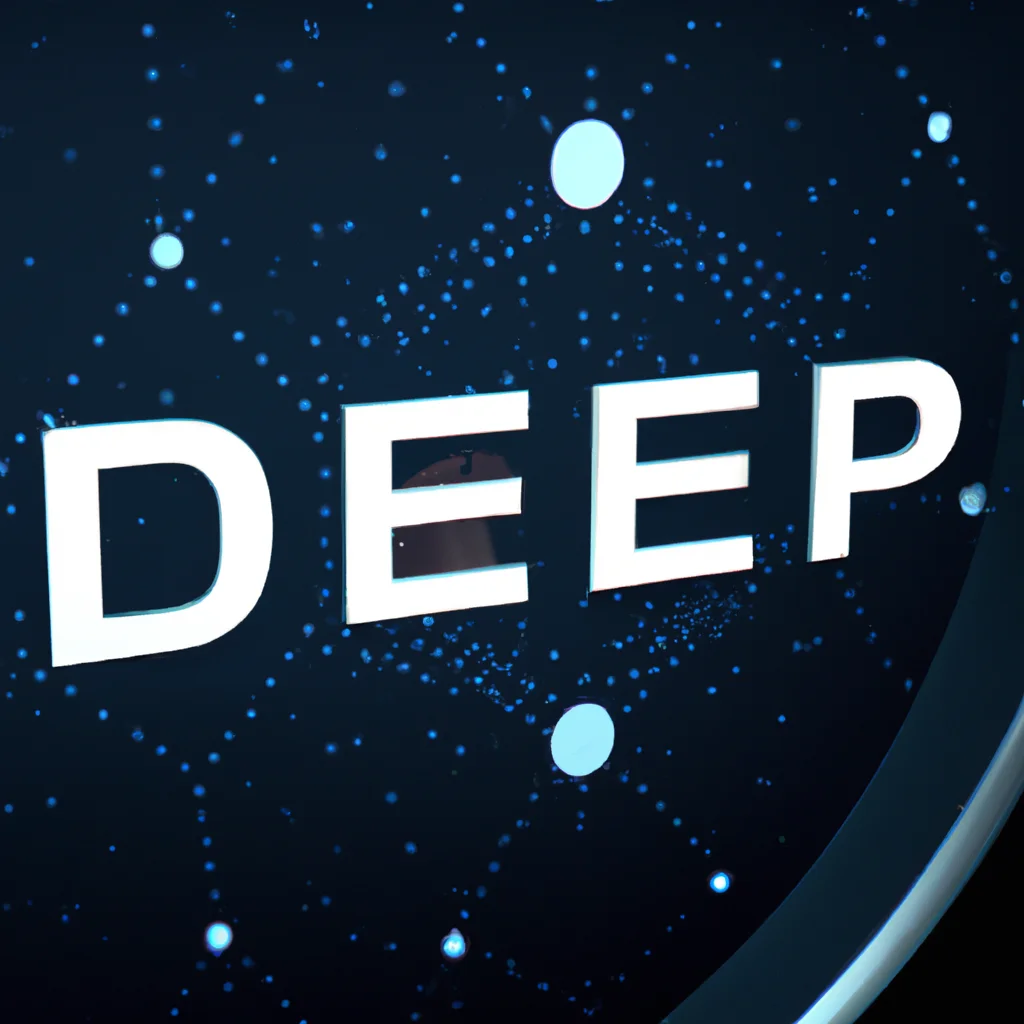What is the role of deep learning in artificial intelligence?


What is the role of deep learning in artificial intelligence?
Artificial intelligence (AI) has been a hot topic for decades, but it is only in recent years that it has made significant progress. One of the key technologies driving this progress is deep learning. Deep learning is a subset of machine learning that utilizes neural networks to learn from large amounts of data. In this article, we will explore the role of deep learning in artificial intelligence.
What is deep learning?
Deep learning is a form of machine learning that involves training neural networks on large datasets. Neural networks are modeled after the human brain and consist of layers of interconnected nodes. Each node processes information and passes it on to the next layer until a final output is produced. Deep learning algorithms can learn from vast amounts of data and improve their performance over time. This makes them well-suited for tasks such as image and speech recognition, language translation, and natural language processing.
The role of deep learning in artificial intelligence
Deep learning plays a crucial role in the development of artificial intelligence. Here are some ways in which it is used:
1. Image and speech recognition
Deep learning algorithms are used to recognize objects, faces, and speech in images and videos. This technology is used in a variety of applications, from self-driving cars to security systems. For example, facial recognition technology is used to unlock phones and to identify criminals in surveillance footage.
2. Natural language processing
Deep learning algorithms are used to understand and generate human language. This technology is used in chatbots, voice assistants, and language translation systems. For example, Google Translate uses deep learning to translate text from one language to another.
3. Predictive modeling
Deep learning algorithms can be used to predict future events based on past data. This technology is used in areas such as finance, healthcare, and marketing. For example, banks use deep learning to predict which customers are most likely to default on their loans.
4. Robotics
Deep learning algorithms are used to teach robots how to perform tasks. This technology is used in areas such as manufacturing, logistics, and healthcare. For example, robots can be trained to perform surgeries by learning from past surgeries performed by human doctors.
Advantages of deep learning in artificial intelligence
Deep learning has several advantages over traditional machine learning algorithms:
1. Ability to learn from large datasets
Deep learning algorithms can learn from vast amounts of data, making them well-suited for tasks such as image and speech recognition.
2. Improved accuracy
Deep learning algorithms can improve their accuracy over time by learning from past mistakes.
3. Better performance on complex tasks
Deep learning algorithms can perform better than traditional machine learning algorithms on complex tasks such as image and speech recognition.
4. Ability to generalize
Deep learning algorithms can generalize their learning to new situations, making them well-suited for real-world applications.
Conclusion
In conclusion, deep learning plays a crucial role in the development of artificial intelligence. It is used in a variety of applications, from image and speech recognition to robotics and predictive modeling. Deep learning algorithms have several advantages over traditional machine learning algorithms, including the ability to learn from large datasets, improved accuracy, better performance on complex tasks, and the ability to generalize. As deep learning technology continues to improve, we can expect to see even more advances in artificial intelligence in the years to come.
Recent Posts
How do I create an engaging and informative online quiz or assessment?
Creating an engaging and informative online quiz or assessment can be a powerful tool for… Read More
What are the most effective methods for managing and reducing work-related stress in the hospitality industry?
Work-related stress is a common issue in the hospitality industry, where employees often face long… Read More
How can I improve my assertiveness and communication skills in a leadership position?
In a leadership position, assertiveness and effective communication skills are crucial for success. Being able… Read More
What are the key elements of a successful employee recognition and rewards program?
Employee recognition and rewards programs play a crucial role in motivating and engaging employees, as… Read More
How do I effectively manage and respond to customer feedback and reviews?
Customer feedback and online reviews play a crucial role in shaping a company's reputation and… Read More
What are the best strategies for effective time management as a stay-at-home parent?
Effective time management is crucial for stay-at-home parents who juggle multiple responsibilities on a daily… Read More